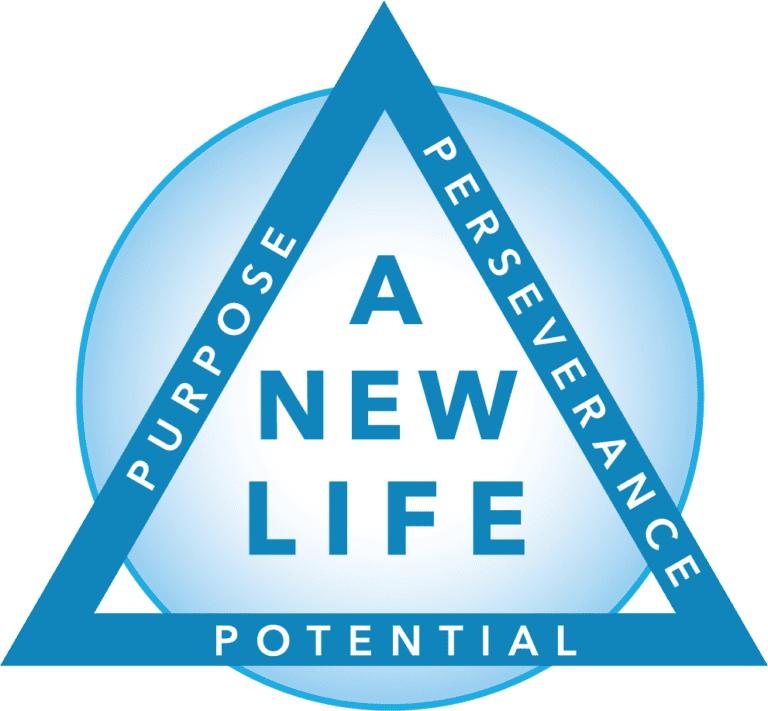Addiction treatment programs often involve a transition to halfway homes, which are seen as a beacon of hope for individuals who find it difficult to navigate the complexities associated with addiction recovery. In these intermediary homes, individuals find a refuge and a supportive environment to rebuild their lives after substance addiction. This blog brings out some powerful stories of change, in those who have found hope and rejuvenation in halfway houses. These stories give meaning to the inspirational tales that portray the resilience, development, and triumphs experienced in compassionate settings, inspiring readers on the possibilities of recovery and life transformation in halfway house communities.
1. One Step into Halfway Houses: The Starting Point
From rehabilitation centers for drug addicts, moving into halfway houses signifies a significant move toward full recovery.
Halfway houses receive newly admitted people with mixed feelings of fear, anticipation, and determination. They provide a structured and supportive environment, with residents typically following a daily schedule. This structure helps individuals establish a routine, learn essential life skills, and help to develop a sense of responsibility and independence.
2. Community Embraced: The Core of Halfway Houses
Halfway houses foster a sense of belonging, where individuals are not alone in their struggles but are part of a supportive community, akin to a family.
As they journey through sobriety with others facing similar struggles, residents establish relationships built on commonalities from which they draw support and encouragement.
3. Overcoming Barriers: How Residents Find Their Way Back To Recovery

There are many hurdles that halfway houses go through, including cravings, triggers, or relapse temptations.
By being held accountable by staff members leading peer groups, people learn how to overcome these barriers while maintaining abstinence.
4. Purpose Found: Rediscovering Identity & Self-Worth
Most individual’s dignity is taken away by addiction while still causing them to lose sight of their goals at halfway houses.
In therapy sessions conducted through group discussions or personal retrospection, interests that were long forgotten revived back its glory making way for self-discovery and purposefulness among residents anew. These therapy sessions are a key part of the recovery process in halfway houses, providing individuals with a safe and supportive space to explore their feelings, learn coping strategies, and develop a deeper understanding of themselves and their addiction.
5. Celebrating Progress: Key Milestones Achieved Every Day
They mark milestones whether big or small as they journey towards recovery.
For instance, hitting the 30-day mark without alcohol, getting employed, or fixing a broken home are among the achievements that strengthen their dedication to abstinence as well as point at the probability of having a brighter future.
6. Giving Back: Supporting Others in Recovery
As they get better, residents in halfway houses inspire and help other people join them.
These people mentor and guide others through their personal experiences, which is why halfway homes create an environment of hope and inspiration.
7. Setting the groundwork for tomorrow: Moving to Independent Life
Halfway houses provide a stepping stone for reintegrating back into society by equipping individuals with necessary life skills and independence. These programs offer many services to support residents in their recovery journey. This comprehensive support ensures long-term success in recovery and helps individuals build a solid foundation for their future.
Some of these programs offer development services to ward off poverty traps, while others may aid in job placement, thus ensuring long-term success in recovery.
8. Stories That Change Lives: Hopeful Narratives about Transformation

It represents a case of resilience against hardship. In regard to addiction treatment programs, hope functions as a beacon helping people heal and change. The stories indicate how some individuals have proven critics wrong by removing barriers that deter them from enjoying better lives. These narratives demonstrate that hope is the strongest force that can overcome any barrier on earth leading to transformation within oneself and enabling the development of sober lives full of satisfaction. This transformation is not just about overcoming addiction, but also about rediscovering one’s identity, finding new purpose, and building a life that is meaningful and fulfilling.
Hope is not just a word, but an anchor for individuals who suffer from addiction. It guides them through their darkest days and encourages them to keep trying toward recovery. In the context of addiction recovery, hope is a powerful force that can transform lives. The tales of change these stories represent act as potent reminders that regardless of the hopelessness, tomorrow can always be better than today. These people remind us just how transformative such expectation is, not only in igniting resilience but also in changing everything toward a life with meaning, joy, and sobriety.
Conclusion: A New Chapter Begins
Halfway houses are not just a stop on the road to recovery; they are a new beginning. A supportive environment helps individuals find strength, rebuild their lives, and discover new meaning and purpose. They are a beacon of hope, showing there is more to Life even after addiction.
Call A New Life Sober Living Halfway Home For Sobriety
Do you need support while on this journey of recovery? Reach out to A New Life Sober Living today. Our programs are designed to help individuals build a solid foundation for their recovery. Call us now to begin your journey home with renewed faith in a substance-free existence.






